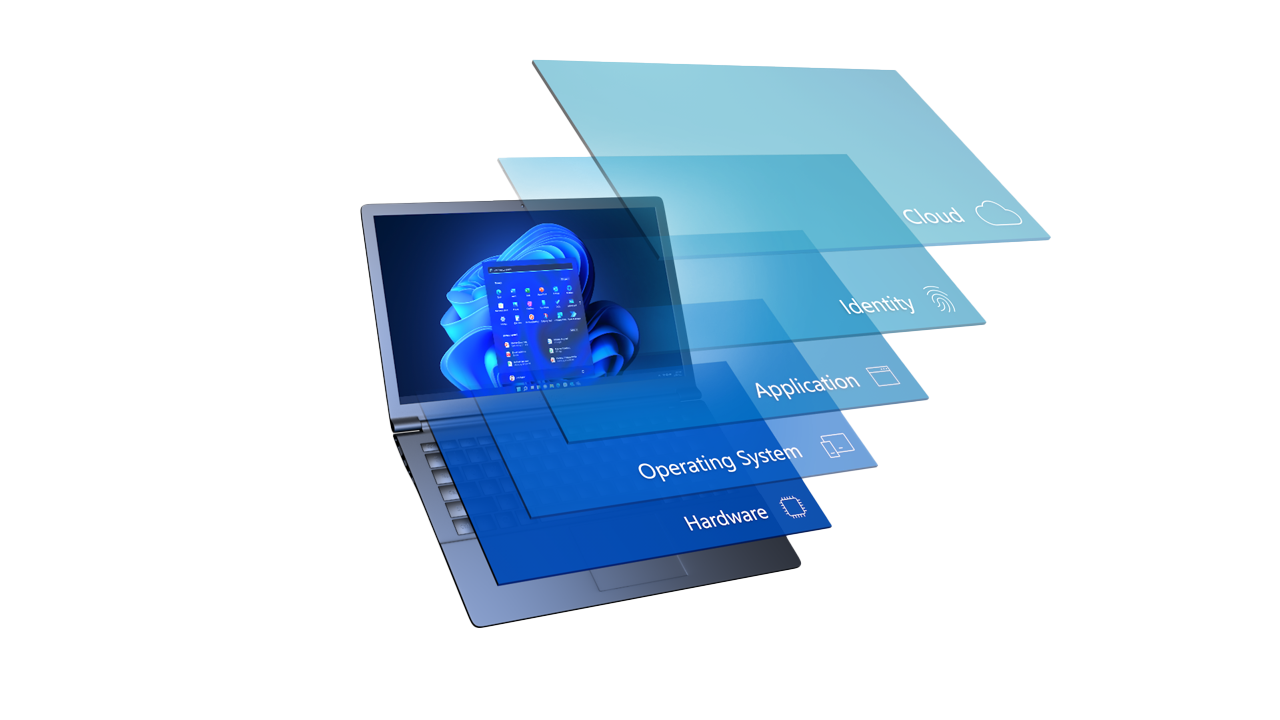 SECURITY
SECURITY
 SECURITY
SECURITY
 SECURITY
SECURITY
Microsoft Corp. announced a series of advancements in its security strategy at its annual Ignite Conference in Chicago today, all aimed at enhancing protection across its ecosystem.
The updates focus on expanding the capabilities of Windows security, enhancing defense through the general availability of Microsoft’s Security Exposure Management Platform and the launch of a new Zero Day Quest initiative for artificial intelligence and cloud security.
Starting with Windows, Microsoft today introduced several new features to boost security in Windows 11, including the Windows Resiliency Initiative. The announcements are focused on enhancing system reliability, learning from past incidents and improving protection from chip to cloud.
Key Windows features announced include Quick Machine Recovery, a new remote capability that allows information technology administrators to apply targeted fixes via Windows Update without physical access to the device. The feature is aimed at reducing downtime by enabling quicker recovery from system issues.
Admins also gain access to expanded protection through a new feature that reduces security risks by allowing users to perform admin-level tasks securely using Windows Hello for temporary, isolated admin tokens that are destroyed immediately after use. The feature helps prevent unauthorized access to critical system resources.
Credential security also gets a look in with updates to Windows Hello, the biometric authentication system in Windows that uses facial recognition, fingerprints or PINs for secure and password-free sign-ins. Hello now has support for passkeys to provide improved protection against credential-based attacks.
Microsoft is also focusing on zero trust in Windows, with a shift to Zero Trust DNS to control network traffic and improve hot patching for Windows 11. The shift significantly reduces the need for restarts, which helps organizations maintain a secure environment with minimal disruption.
For Windows, Microsoft also said it’s adopting safer programming languages, notably shifting functions from C++ to Rust, to rescue vulnerabilities related to unsafe code.
Microsoft also today announced the general availability of its Security Exposure Management platform, a platform designed to shift organizations from reactive to proactive threat management.
The platform has been designed to help enterprises identify, prioritize and mitigate risks continuously by providing a holistic view of their digital attack surface.
Key capabilities of the platform include attack surface management that offers a real-time view of assets that highlight critical areas that are vulnerable to attacks. The idea here is to allow security teams to monitor exposure and understand interdependencies across their entire digital estate.
The platform offers attack path analysis that visualizes and prioritizes attack paths, allowing teams to focus on high-risk pathways that could lead to critical asset branches. The feature is said by Microsoft to be particularly useful for hybrid environments, bridging on-premises and cloud systems.
Unified exposure insights in the Security Exposure Management platform additionally provide actionable metrics to guide decision-making in terms of where to focus security efforts and to align risk management with business objectives.
Prior to today’s general availability launch, the Security Exposure Management platform was fine-tuned through customer feedback during its public preview. The final result includes improvements in its attack path analysis and exposure mapping capabilities.
The third major security-related announcement made today by Microsoft was the introduction of Zero Day Quest, a new bug bounty initiative aimed at strengthening the security of AI and cloud platforms.
The initiative includes up to $4 million in potential awards and builds on Microsoft’s history of partnering with the global security community to identify and mitigate vulnerabilities. With additional money on the table, Microsoft is aiming to attract researchers to uncover critical vulnerabilities in its AI and cloud infrastructure.
The program has a number of features, starting with research challenges where vulnerability submissions can earn multiplied awards. Successful submissions also have the possibility of securing participants a spot in an exclusive onsite hacking event at Microsoft’s Redmond campus.
To encourage AI vulnerability research, Microsoft is offering double bounty awards for AI-focused vulnerabilities. Researchers also have the opportunity to collaborate directly with Microsoft’s AI engineers and the AI Red Team to enhance their skills and contribute to secure AI development.
Researchers will also be encouraged to share their findings publicly once vulnerabilities are mitigated through Microsoft’s Coordinated Vulnerability Disclosure approach. Microsoft will support disclosure through blogs, podcasts and videos to promote transparency and knowledge sharing.
The Zero Day Quest “is not just about finding vulnerabilities; it’s about fostering new and deepening existing partnerships between the Microsoft Security Response Center, product teams and external researchers – raising the security bar for all,” Tom Gallagher, vice president of engineering at Microsoft Security Response Center, wrote in a blog post.
Support our mission to keep content open and free by engaging with theCUBE community. Join theCUBE’s Alumni Trust Network, where technology leaders connect, share intelligence and create opportunities.
Founded by tech visionaries John Furrier and Dave Vellante, SiliconANGLE Media has built a dynamic ecosystem of industry-leading digital media brands that reach 15+ million elite tech professionals. Our new proprietary theCUBE AI Video Cloud is breaking ground in audience interaction, leveraging theCUBEai.com neural network to help technology companies make data-driven decisions and stay at the forefront of industry conversations.